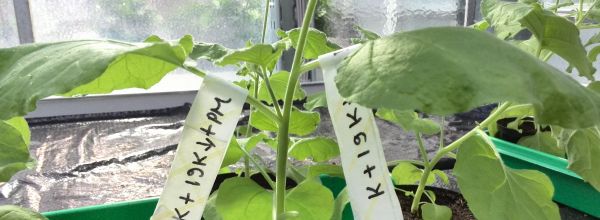While many scientists are methodical and precise, some of us like to live on the edge. Read a protocol all the way through? No thanks, I’ll take my chances and guess what concentration of HCl I should use. Label my tubes with the correct content? Puh-lease – it’s much more exciting deducing which is which just by “feel”. As an homage to those of us who thrive on winging it, here’s a compilation of 3 ways you can most definitely destroy any chance of deciphering reliable flow cytometry data.
Ya know, if you’re into that sort of thing.
1. Compensation, Schmompensation
Scenario: your staining method is impeccable and you have picked the perfect fluorophores. There’s no reason to use compensation controls in your analysis. Congratulations – this is the first step in ensuring to have your hands full of flow cytometry data that may not be entirely correct!
The reason? Light emitted due to the excitation of each fluorophore will fall somewhere on the wavelength spectrum. The emission spectra are different for each fluorophore, with some spectra being larger than others. When two emission spectra overlap, you need to compensate for the overlap to reliably analyze the data (our very own Tim Bushnell wrote a great introduction to spectral overlap and compensation).
If you decide you want to take the safe route, avoid or at least minimize this issue by spreading antigens across lasers. If you have 4 different antigens you’re looking at, spread them between the Violet, Red, and Blue laser if possible, rather than having the respective fluorophores all be excited by the Violet laser. This will minimize the amount of spillover and reduce the amount of compensation necessary for reliable data analysis. Similarly, some fluorophores are excited by more than one laser and can cause high spectra spillover. The only remedy: avoid these fluorophores, and choose something that is similar, but more selectively excited.
2. Autofluorescence – Just Born that Way
All cells are beautiful – some even glow! This autofluorescence is due mainly to mitochondria and lysosomes that have absorbed light and by design have a natural emission of light. Such an amazing, natural phenomena, and, if ignored, one more way to end up with “huh?” during your analysis.
Like with microscopy, autofluorescence interferes with the detection of specific fluorescent signals in flow cytometry, especially when the signals of interest are very dim. Moreover, autofluorescence raises the threshold of detection of a fluorophore in cell types that have greater autofluoresce (e.g., macrophages versus T cells, respectively).
If you’d like to get around this issue, be a total “square” and always run an unstained control with your experimental samples. This will ensure that when you analyze your flow cytometry data, you’re taking into account any autofluorescence in any of the channels you’re using.
3. Two is Better Than One
Fluorescent molecules love to play tricks on us when we’re not paying attention. Case in point: many fluorophores are excited by the same laser and filter bandwidth (e.g., GFP and FITC, APC and AlexaFluor647, etc.). This is not really a problem, until you realize that you’ve labeled one of your proteins of interest with GFP and the other with FITC. How do you tell them apart? Lucky for you, it’s pretty easy!
Just kidding, it isn’t. In fact, you can’t tell them apart at all. You’re in deep, my friend. This is a classic case of making sure you go back over your staining panel once you have a draft to ensure you don’t have any duplicate fluorophores lurking about. That being said, this duplicate staining fiasco can come in handy if you don’t care to distinguish between the two markers, essentially creating a “dump” channel.
There are definitely many more steps you can take to ensure that your flow cytometry data ends up in the “do-over” pile, but these 3 tips will at least get you started on your road to ruin.
What are your favorite ways to trash your flow data? Comment below!






